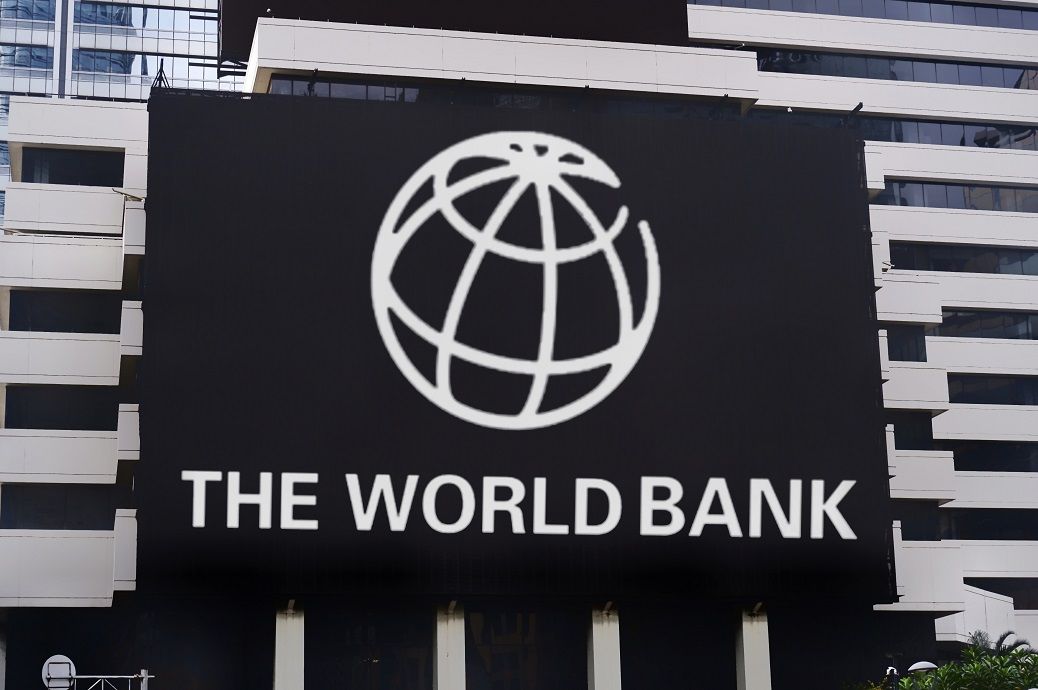
In its ‘Global Economic Prospects East Asia and the Pacific June 2025’ report, the financial institution said growth in China is projected to slow to 4.5 per cent and in EAP excluding China, growth is expected to slow to 4.2 per cent this year.
Compared with January projections, growth in EAP is expected to be 0.1 percentage point lower this year, with the impact of trade tensions partly offset by policy support measures, notably in China.
In 2026 and 2027, growth in EAP is projected to remain subdued at 4 per cent, slightly below previous projections and potential growth estimates.
In China, the slowdown in growth reflects the impact of higher trade barriers and policy uncertainty, which are assumed to be offset by announced fiscal policy support measures.
Consumption growth in China is expected to remain soft alongside low confidence and a subdued property sector.
Export growth in China is expected to slow this year as the impact of higher tariffs is felt and the earlier boost from the front-loading of exports fades.
Although China has increased its goods exports to other economies in recent years, the United States remains its largest destination market. Growth in China is projected to remain unchanged at 4 per cent in 2026 and edge down to 3.9 per cent in 2027, in line with slowing potential output growth, reflecting the effects of declining productivity growth, an aging population, and high debt levels.
In EAP excluding China, trade tensions will weigh on growth as there are several economies with large exposures to global trade. The increase in trade policy uncertainty, reduced confidence, and spillovers from softer external demand in major advanced economies and China are likely to curtail exports and private investment in the region.
Growth in the Pacific Island economies is also projected to decline over the forecast horizon, largely driven by weaker global demand.
Risks to the region’s outlook remain tilted to the downside and have intensified since January, including the possibility of a reversion to previously announced higher trade barriers and persistently elevated policy uncertainty.
Other downside risks include tighter global financial conditions, spillovers from weaker growth in major economies, increased geopolitical tensions, and natural disasters, the World Bank report noted.
There are, however, some upside risks associated with larger-than-expected fiscal expansions in China or major advanced economies and productivity gains from technological adoption, it added.
ALCHEMPro News Desk (DS)
Receive daily prices and market insights straight to your inbox. Subscribe to AlchemPro Weekly!